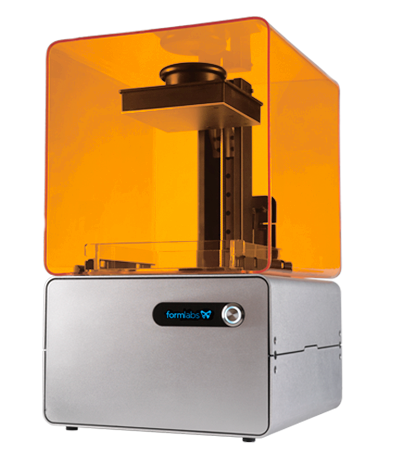| courtesy of "Revenuecanada666" |
My first point is that all teachers are paid the same no matter how good of a job they do. For instance, I had a teacher last year that said she hated us all, and taught us anything. Yet this year I have a teacher that we play fun games in her class, and we learn a ton. They taught the same subject and made the same amount. This I believe should not occur, the teacher that is truly an awful human being(I do not mean to be excessively harsh here, and I am not because this teach was that bad, she's gone now though) should make much less than the great one. Making the same amount, no matter how good of a job you do is one of the fundamental principles of Communism.
Another principle of communism is that everything is owned and operated by the government and thus the people. The only place you can buy food, snack, and other things in the school, is from the school. The best example of this is school lunch. Everyday, more than half of the students buy lunch from the school, and everyday it is the same nasty slop as the day before (except for the day of the chicken fried steak, that stuff is the shit). Yet we continue to buy it, as many of us have no time to pack a lunch, and there is no where else to buy a lunch in the cafeteria. Say for instance we had a few restaurant in the cafeteria that were not connected financially to the school. The place with the best product and cheapest prices would get the most customers, forcing each other to continue to lower the price, and increase the quality, all in pursuit of the children's money. But alas, in public school we do it the communist way, with only one place to buy your food: the government.
I hoped you enjoyed my little rant about school, but do not take it the wrong way. I love school and we are very fortunate to have it for free. Alas, nothing in the universe is perfect especially the little microcosm know as school.
